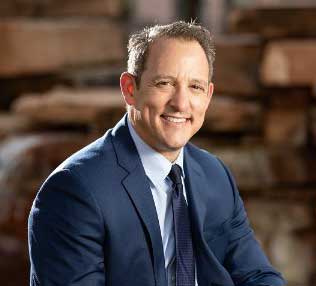Regenerative medicine has been increasingly topical in recent years, mainly due to the increased occurrence of high-profile athletes using it to facilitate injury repair and get back in the game relatively quickly. Regenerative medicine covers a wide range of procedures and studies that center around replacing or promoting human cell activity to improve patient’s quality of life. It is a quickly-advancing field and the small studies done thus far have shown great promise.
One possibility in regenerative medicine when it comes to tissue engineering is that of growing organs in laboratories in order to transplant them into humans, thereby solving the problems of organ rejection and the donor shortages that we face today. This cellular activity is being looked at in the lab setting at many major universities.
Stem cell therapy and Platelet-rich plasma therapy are perhaps the fastest growing and most promising fields of regenerative medicine. They both practice employing biologic cells to repair musculoskeletal issues caused by repetitive stress, injury, or aging. There are three different types of therapy, each with their own differences and potential benefits.
Platelet-Rich Plasma Therapy
PRP therapy is the process of using the patient’s own blood in order to promote healing in a targeted area of the body. Blood is drawn from the patient and spun in a centrifuge machine and separated into three layers: serum, white blood cells and platelets, and red blood cells.
The platelets are then injected into the injured or afflicted area and there they may facilitate tissue repair and healing. Since there are low stem cell numbers in the platelets, PRP is not considered a stem cell therapy. PRP shows promise in facilitating relief from:
- Arthritis
- Muscle strains
- Chronic joint inflammation
- Tendonitis
- Cartilage defects.
Bone Marrow and Fat-Derived Stem Cell Therapy
Our bodies already have stem-cells in them, they just need to be harvested and used in the afflicted location. Both the bone marrow and fat-derived therapies are outpatient procedures that show tremendous promise in relief from several degenerative conditions Our bone marrow stem cell counts decrease as we age, so undergoing the procedure after the age of 50 is questionable. Fat harvested stem cell therapy can only be undertaken if the patient has enough of the required tissue for the miniature liposuction procedure.
Amniotic and Umbilical Cord Regenerative Therapy
This procedure is the most exciting of the three and has shown promise for a wide range of afflictions and injuries. In this case, stem cells are harvested from products of conception that would otherwise be discarded after the birth of a child. These products are donated by consenting adults after a scheduled c-section procedure. Donating products of conception poses no threat or risk to the mother or the baby after being processed at an FDA regulated facility.
Products of conception show enormous promise because they contain high numbers of stem cells, high numbers of Cytokines and concentrations of Growth Factors. They also contain exosomes, microsomes, secretomes, mRNA. Research is beginning in looking at regenerative therapies for these conditions. Nothing is definitive yet, larger studies will be needed before the FDA would approve these therapies.
- Arthritis: All Types
- Sports Injuries
- Phantom Limb Pain
- SI Joint Pain
- Tennis/Golfers Elbow
- Fibromyalgia
- Erectile Dysfunction
- Migraines and Cluster Headaches
- Post Herpetic Neuralgia
- RSD
- Neuropathy
- Pelvic Pain
- Back Pain
- Diabetes
- Lyme Disease
- Plantar Fasciitis
- Neurologic Conditions:
- Cardiomyopathy, COPD
- Autism
- Cerebral Palsy
How does Regenerative Medicine Work?
It’s all in the name. It works to Regenerate damaged or worn tissue and facilitating one’s own body in healing and tissue growth. We already have all of the building blocks in our bodies, but as we get older our stem cells get slower and less effective at healing us. Stem cells are unique in that they have the ability to adapt to the cells needed in whichever biological environment they are placed.
R3’s Centers Of Excellence
All of the therapies mentioned above are outpatient procedures at R3’s Centers of Excellence. They have shown promise in becoming an effective alternative to invasive surgery. Regenerative medicine of this sort is still in its infancy, but the procedures are all performed by board-certified physicians at R3’s research centers. At this time the procedures are not covered by insurance companies, and none are FDA Approved.
Contact us today to speak to a doctor about the possibility of regenerative medicine changing your life!











No Comments